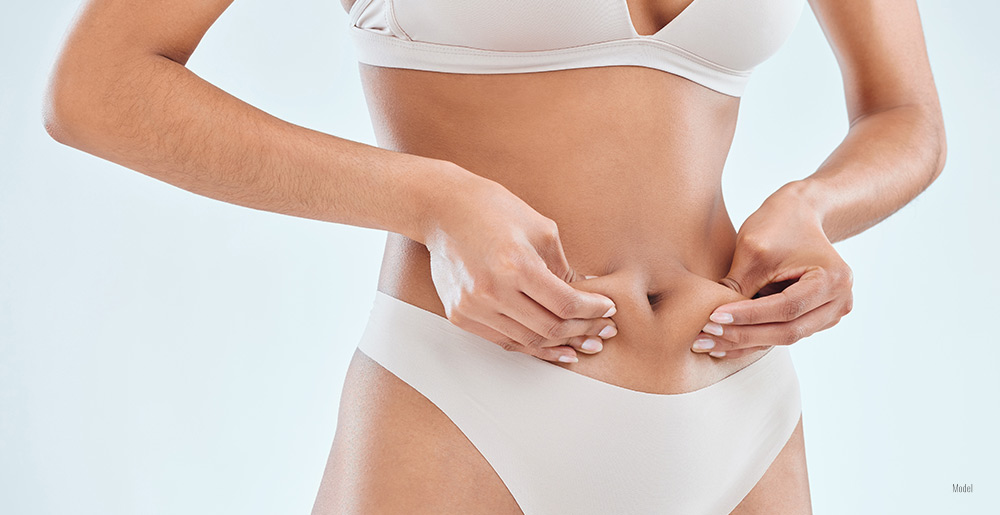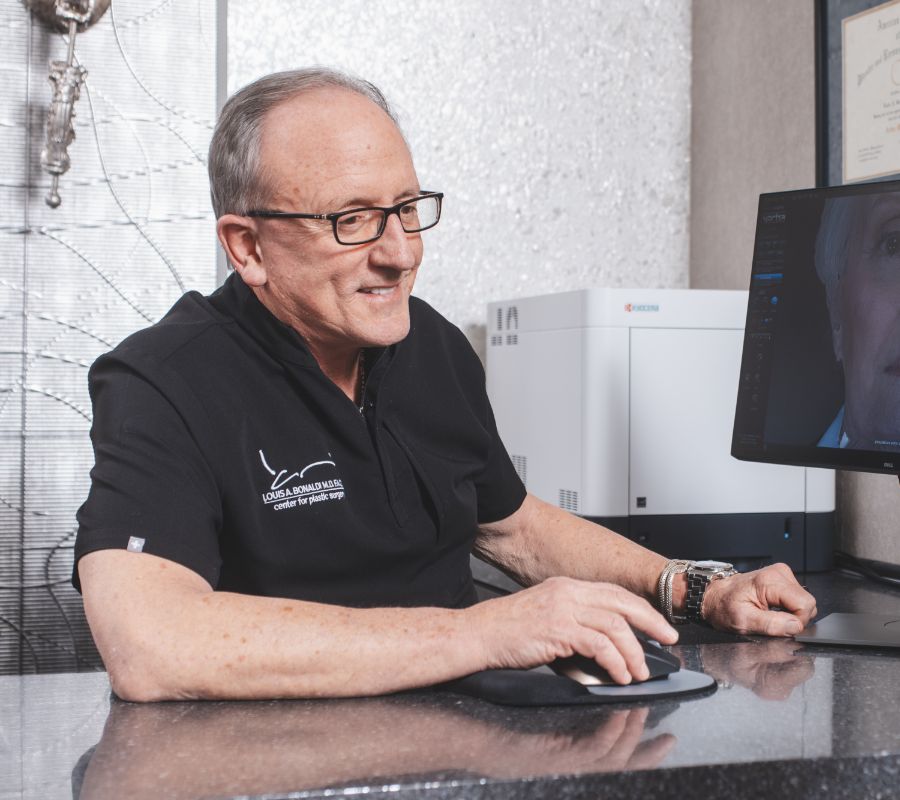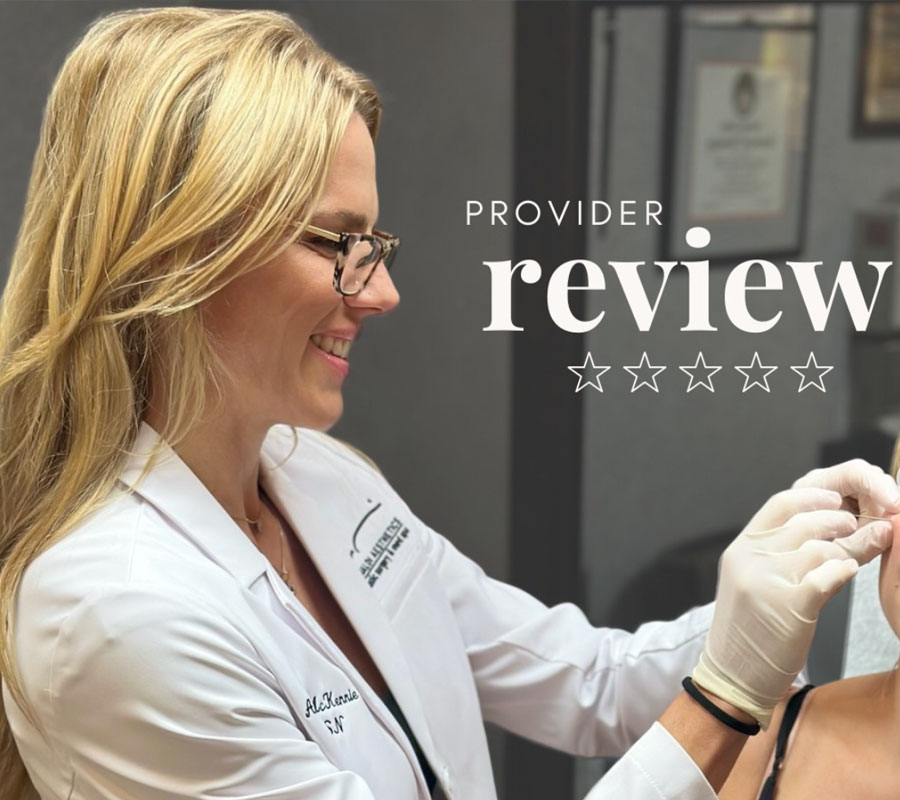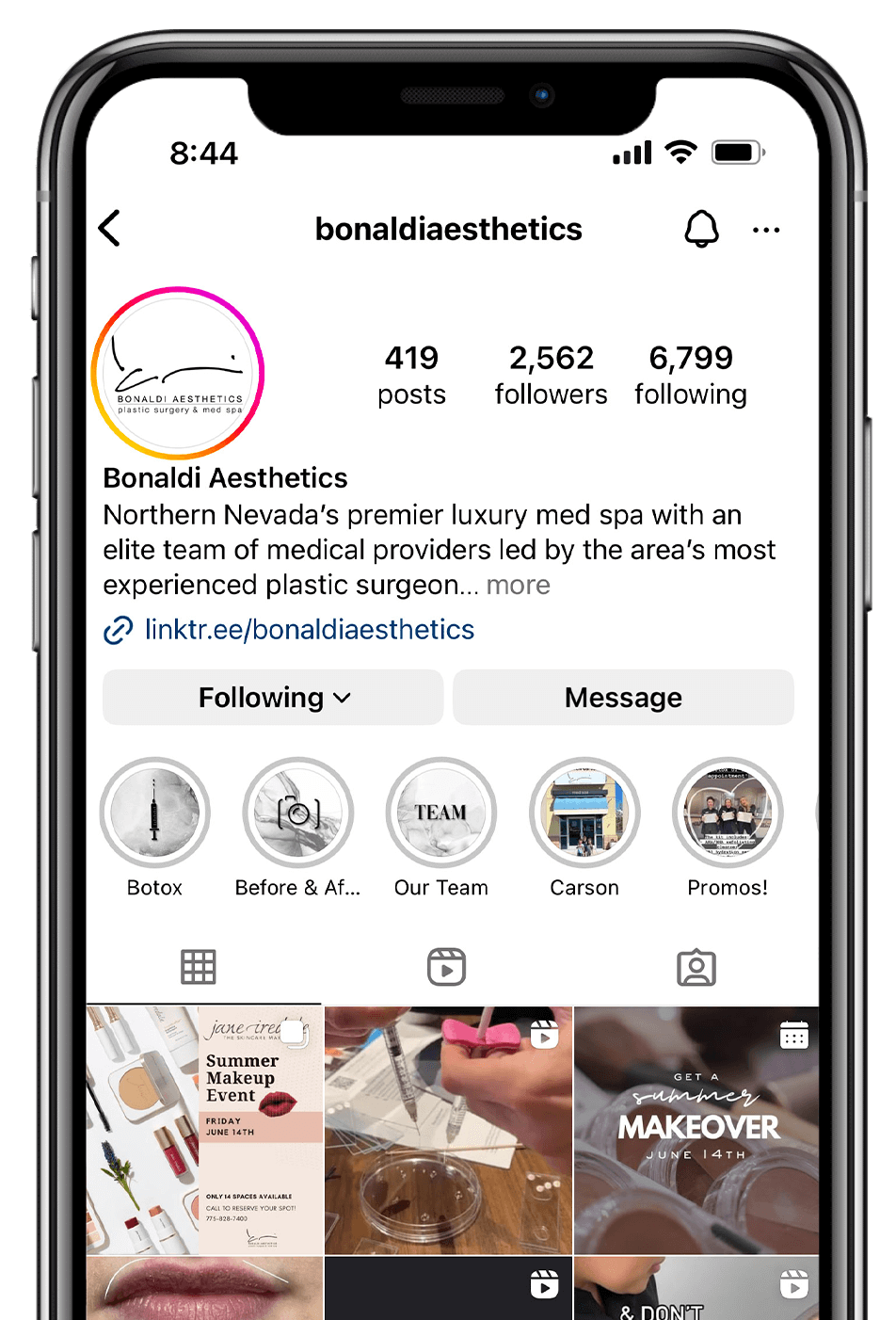August 28, 2024 | Liposuction
6 minute read

Liposuction is a popular minor cosmetic surgery designed to remove excess unwanted fat deposits and improve body contours, but like any surgical procedure, it comes with potential side effects. One common post-operative issue is the formation of fluid pockets, also known as seromas. This fluid accumulation can cause discomfort and impact the overall results of the surgery if not properly managed. In this blog, we’ll take a look at fluid pockets, why they form, preventive measures, and effective treatments to help you navigate your recovery smoothly and achieve the best possible outcomes from your liposuction procedure.
What Are Fluid Pockets?
Fluid pockets, or seromas, are collections of lymphatic fluid that build up in the space where fat is removed during liposuction. They are common and can vary in size. Small seromas usually resolve on their own, but larger ones may require medical intervention to prevent complications such as infection or prolonged swelling.
What Causes Fluid Pockets After Liposuction?
There are several causes of seromas after liposuction, including:
- Tissue Disruption: Liposuction involves inserting a cannula to break up and suction out fat cells. This process disrupts the surrounding tissues and lymphatic vessels, leading to fluid leakage.
- Gravity: Due to gravity, post-operative fluid can accumulate in lower areas of the body, especially if the liposuction was performed on the abdomen, thighs, or hips.
- Activity Levels: Excessive movement or strenuous physical activity soon after surgery can exacerbate fluid accumulation by increasing blood flow and lymphatic fluid production.
- Surgical Technique: The surgeon’s technique, including the size of the cannula and the extent of fat removal, can influence the likelihood of seroma formation.
What Are the Treatments Options for Fluid Pockets?
If fluid pockets develop despite preventive measures, several options are available. Treatment choice depends on the size and location of the seroma, as well as your overall health and recovery progress.
- Aspiration: Aspiration is a common method for treating fluid pockets. It involves draining the fluid with a sterile needle and syringe and is typically performed in your surgeon’s office. If the seroma reoccurs, aspiration may need to be repeated multiple times.
- Drain: In some cases, especially with larger seromas, your surgeon may place a temporary drain to remove fluid continuously. The drain consists of a small tube connected to a collection bulb, which helps keep the area clear of fluid while you heal. Drains are usually removed after a few days to a week.
- Lymphatic Massage: Manual lymphatic drainage (MLD) is a specialized massage technique designed to encourage the movement of lymphatic fluid and reduce swelling. Performed by a trained therapist, MLD can help prevent and treat seromas by promoting natural fluid drainage and improving circulation.
- Compression Therapy: If the prescribed compression garments are insufficient, your surgeon may recommend additional compression therapy, which may include custom-fitted garments and foam padding that apply pressure to the affected area to reduce fluid accumulation.
How Can I Prevent Seromas and Improve My Liposuction Results?
Taking an active role in your liposuction recovery is essential for preventing and managing fluid pockets while achieving optimal results. Here are some tips for effective home care and self-monitoring:
- Follow Post-Operative Instructions: Adhere to your surgeon’s post-operative care instructions meticulously., which include wearing compression garments, taking prescribed medications, and attending follow-up appointments.
- Compression Garments: Wearing your prescribed compression garments is a proactive step you can take to prevent seromas. These garments not only help reduce swelling but also support the newly contoured areas and apply consistent pressure to minimize fluid accumulation, giving you a sense of control over your recovery.
- Monitor Swelling and Signs of Seromas: Keeping track of any changes in swelling, discomfort, or the appearance of fluid pockets is a responsible part of your recovery process. If you notice increased swelling, tenderness, or a noticeable bulge, contacting your surgeon for evaluation is a proactive step that can help prevent complications.
- Avoid Nicotine and Alcohol: Smoking cigarettes or using tobacco products and excessive alcohol consumption impedes healing and increases the risk of complications. Avoid these substances during your recovery period.
- Maintain Proper Hydration and Nutrition: Good hydration and nutrition support overall healing and reduce inflammation. Staying well-hydrated helps your body manage fluid levels more efficiently, while a balanced diet rich in proteins, vitamins, and minerals promotes tissue repair.
- Limit Physical Activity: For the first few weeks after surgery, avoid lifting heavy objects and physically demanding activities. Gradually reintroduce physical activity as advised by your surgeon to allow your body to heal and reduce the risk of fluid buildup.
- Follow-Up Appointments: Attend all scheduled follow-up appointments so your doctor can effectively monitor your progress and address any concerns promptly. Your surgeon can detect early signs of seromas and provide appropriate interventions if needed.
When to Seek Medical Attention for Fluid Pockets
While mild seromas don’t often require medical intervention, you should notify your surgeon. When dealing with large or painful fluid pockets, it’s important to recognize when a visit to urgent care or ER is necessary. Seek immediate medical attention if you experience any of the following symptoms:
- Severe Pain: Intense or worsening pain in the treated area may indicate an infection or other complication.
- Signs of Infection: Increased swelling, redness, warmth, and odorous drainage are signs of infection and require immediate medical evaluation.
- Fever: A fever could be a sign of an infection and should not be ignored.
Fluid pockets developing after liposuction can be effectively managed with proper care and timely intervention. By understanding the causes, implementing preventive measures, and following your surgeon’s recommendations, you can minimize the risk of seromas and enhance your overall recovery experience.
Communication with your provider is critical for addressing concerns quickly and ensuring a smooth and successful healing process. With the right approach, you can enjoy the full benefits of your liposuction procedure and achieve the contoured, rejuvenated appearance you desire.
Your Reno, NV, Liposuction Specialists
If you’re considering liposuction in the Reno, Nevada, area, Dr. Bonaldi can help you determine the best options to achieve your goals. Use our online contact form to schedule your consultation, or call us at (775) 828-7400 today!





